If you want thicker plywood substrate for tiling, is it okay to just add another layer of plywood/luan? My floor is 1/2 and I want at least 5/8 so I’m thinking of adding 3/8 moisture resistant luan. Should I glue them together?
Thanks
Lisa
Discussion Forum
Discussion Forum
Up Next
Video Shorts
Featured Story

Listeners write in about shower panels and cordless tools and ask questions about old wiring, air leaks, and gutter covers.
Featured Video
SawStop's Portable Tablesaw is Bigger and Better Than BeforeHighlights
"I have learned so much thanks to the searchable articles on the FHB website. I can confidently say that I expect to be a life-long subscriber." - M.K.
Fine Homebuilding Magazine
- Home Group
- Antique Trader
- Arts & Crafts Homes
- Bank Note Reporter
- Cabin Life
- Cuisine at Home
- Fine Gardening
- Fine Woodworking
- Green Building Advisor
- Garden Gate
- Horticulture
- Keep Craft Alive
- Log Home Living
- Military Trader/Vehicles
- Numismatic News
- Numismaster
- Old Cars Weekly
- Old House Journal
- Period Homes
- Popular Woodworking
- Script
- ShopNotes
- Sports Collectors Digest
- Threads
- Timber Home Living
- Traditional Building
- Woodsmith
- World Coin News
- Writer's Digest

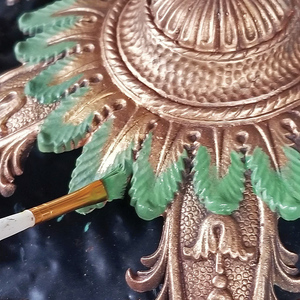
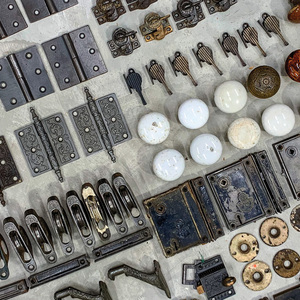
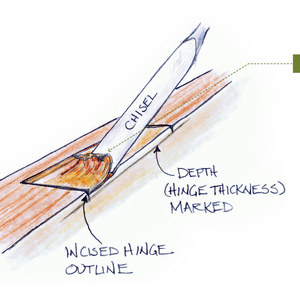
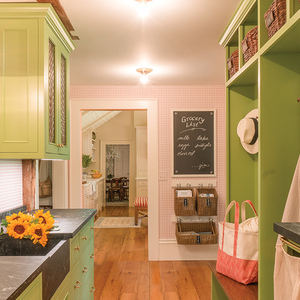







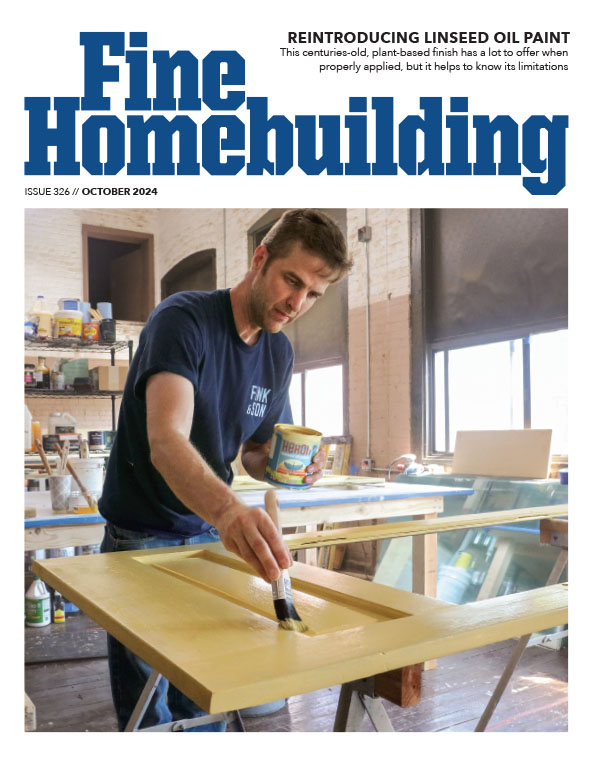





Replies
I wouldn't. A key to tile is that the substrate has to be stiff and solid. If you topped the plywood with lauan without glueing them together, you'd have hollow spots. When you walked on the floor it would flex in those spots, your grout would crack, and the tile would fall off. Even glueing it together is not enough, though, because 5/8" is still too thin. The Tile Council of America has recommendations. I can't remember them, but probably at least an inch or inch and a quarter of total thickness. It depends somewhat on your joist spacing, too. Someone else reading this may have the recommendations handy and post them.
Cement board, like Hardie Backer, is a much better material to support tile. It would be installed over the plywood subfloor in a bed of thinset mortar spread with a notched trowel. While still wet, the board would be screwed down every 8" or so throughout. When set up, the bonded assembly will be very stiff, and the surface will take tile well.
I forgot to add that I plan on using 1/2" Hardiboard on a thinset mortar base on top of the plywood and luan.
Do you think wood glue would work for attaching the luan to the plywood, or is there something better (like gorilla glue)?
Thanks again,
Lisa
I concur with the backer board recommendation. Admittedly, if you glued the luan down really well, it may work. But, backer board laid down on a bed of mortar and screwed down is the recommended method and since you don't seem to mind raising the floor a little (based on your luan approach), I'd stick with the backer board- either Wonderboard or Hardibacker.
In this case, polyurethane glue is not a good choice. It requires tight fitting joints to get any strength and has to be securely clamped for at least 24 hours because it foams considerably. In your case the lauan would just bow up on the foam between the screws.
Construction adhesive is not a good choice either, because the base needs continuous support, with no gaps.
I think wood glue would work fine if you could spread it evenly and be sure you had tight contact between the pieces all over. It would be difficult to do, though.
I would use either thinset mortar or organic mastic (with screws, of course) to secure the lauan to the plywood. Alternatively, you could use an additional layer of Hardie Backer instead of lauan.
I personally think that you could put the luan down by just fastening the heck out of it. With no glue.
I would use a stapler and fasten it every four inches in both directions. Using a stapler like the Senco SKS that uses a 3/16 crown and with a 1-1/4" leg. Or you could nail it down with....say 4d rinkshanks.
There was thread here about doing this for vinyl floor.
Then with the hardi backer you shouldn't have any problems at all.View Image
Can you get 5/8 or 3/4 Hardiboard? Seems to me that if all you want to do is raise the floor 1/4" or so, a thicker backer board and an alternate tile adhesive (say one designed to go on as a thick rather than a thin layer) might be a better way to go.
Why not just add 3/8-inch CDX plywood? I've done this to build up floors and it creates a solid subfloor, which should be 3/4-inch minimum (total) plus the 1/2-inch Hardibacker.
The right way is to remove the entire subfloor and expose your floor joists. Correct any out of level condition and glue and screw down at the very minimum, 3/4" t&g ply (assuming 16"oc). 1" or 1-1/8 advantech is preferred in my book. Then apply your cbu, 1/4" is fine, by applying thinset and either screwing or nailing (roofing nails) in the field, not to the joists. Now you have a solid substrate to install ceramic tile. Anything less and you are asking for a call back.
"One measurement is worth a thousand expert opinions"
Edited 9/18/2003 8:25:49 PM ET by Woodrow
I agree with Bee, you don't need glue, just fasten it down securely...drywall screws would work just fine if you don't have a staple nail gun. Infact, I prefer using screws...it will pull the 2 plys tightly together...nails and staples don't always accomplish this...they can sometimes pop loose...not so with screws.
If you are set on glueing, then buy a gallon of Titebond, pour it either directly on the floor or into a roller pan, and use a thin nap paint roller to spread the glue out. Don't put the glue down until after you first make sure the piece you are about to glue fits correctly. Spread just enough glue down to glue just one piece at a time.
Using any type of constrution adhesive out of a caulking gun is gonna spell trouble...so avoid it like the plague.
I have never seen 3/8 luan before. All luan I have ever used is 1/4 inch thick.
I agree with Kaorisdad that you could probably substitute 3/8 cdx or even 3/8 bc ply instead of using moisture resistant luan. Also, If you have the room for additional thickness, use 1/2 inch ply instead. Install this so that the seams of the new floor are staggered so not to be same as old floor. Or run this floor perpendicular to the old one.
Moisture resistant wood for your subfloor is not really necessary since you stated that you were going to install hardie backer on top. The Hardie backer will be your water proof substrate ( providing you install it according to mfg instructions).
I "categorically" disagree with Woodrow....no need to remove your 1/2 inch subfloor if said floor is in good shape. Waste of time. Adding additional thickness should accomplish same thing...that being a more stiffer floor. If your original floor has problems due to sagging and whatnot, then I agree with Woodrow and say removal/replacement would be better option....otherwise...no. Just my 2 cents...but, I'm not a professional tiler either. I'm assuming your floor joists are 16 OC?
One more question...why would your subfloor only be 1/2 inch thick to begin with? Your builder was indeed "stretching" it a bit!
LOL
Davo
WOW!!!!!!!!!! To almost all of the replies on this thread.
You need at least 3/4 of wood under that floor, more wood is better then more cement board, so thicker cement board is out. an inch is better, and an 1 1/4 of wood is optimal. You can add a layer of ply on top of the other layer and it will be fine, glue or no glue. use ply, not luan.
The thicker the subfloor, the less deflection, the less deflection the less chance your grout/tile will crack/pop
Ringshank 8's to the joists for the new layer of ply and offset the joints from the old.
as thick of plywood as the height change would accomadate capped with 1/4 durock
thinset and nail the durrock down, roofing nails 4-6" o.c. If you really want to go all out and do a top notch job tape the joints of the cement board
is the way I'd do it.
you'd get better advice at Johnbriges forum or if Jeff or Boris would stop by here.
Who the hell used 1/2 ply for a subfloor?
Edited 9/23/2003 5:57:11 PM ET by CAG
Who the hell used 1/2 ply for a subfloor?
I do! That's why I haven't stopped it ....thought you'd yell at me!!
ok ...not really. Looks like ya covered it.
JeffBuck Construction Pittsburgh,PA
Fine Carpentery.....While U Waite
What CAG said!(Count down:85 daze)
The best subfloor IMO is double 1/2" with staggered seams and no glue...Screwed not nailed. Then Wonderboard thinset to the ply using a latex additive rather than water.
Be screwed
andy
True compassion arises out of the plane of consciousness where I "am" you.
http://CLIFFORDRENOVATIONS.COM